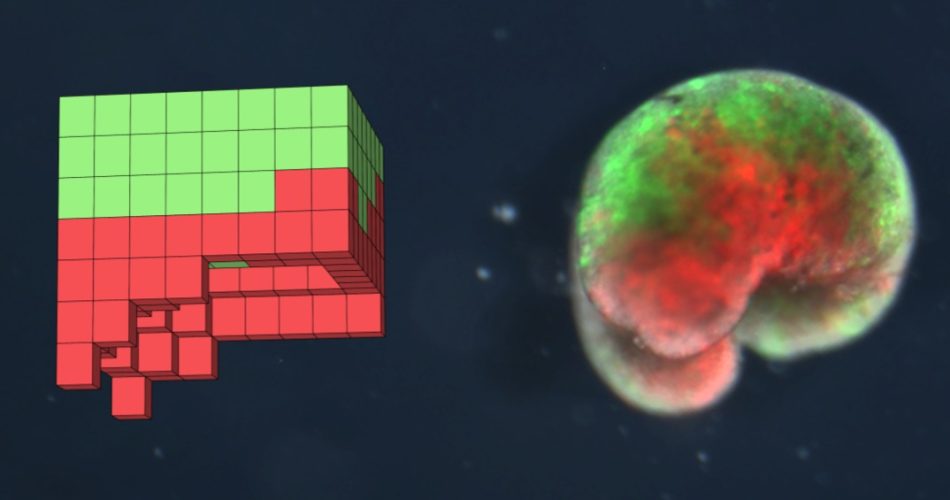“They’re neither a traditional robot nor a known species of animal. It’s a new class of artifact: a living, programmable organism”
Studies on cells and artificial intelligence research have combined and made it possible for artificial intelligence to replicate generations of cells on its own.
“People have thought for quite a long time that we’ve worked out all the ways that life can reproduce or replicate. But this is something that’s never been observed before”, said Douglas Blackiston, a senior scientist at Tufts University.
The research was sponsored by the Defense Advanced Research Projects Agency and published by the Proceedings of the National Academy of Sciences of the United States of America (DARPA).
It explains how when a cluster of cells is removed from a developing organism, the cells search for and join with free cells as long as they move and appear to move, without genetic manipulation.
This means that cells can form clusters with other clusters of cells and continue to function, even if the cells aren’t identical yet look and behave similarly.
Scientists discovered that by incorporating artificial intelligence into the mix, they may create clusters that replicate more efficiently and keep functioning while they are replicating. This is where we use the term ‘Xenobots’, which refers to the fusion of organic life and robotics.
It has been found that cells from particular frogs are able to cure themselves and function in groups already in the first Xenobot study in 2020, therefore they were a natural choice for the investigation.
When artificial intelligence is given the capability to create organisms, it will create ones that can swim around in the petri dish looking for single cells, gather them, and construct more organisms. Throughout the investigation, this self-replicating process would be repeated, resulting in generations of replicating Xenobots.
This Kinematic Replication is a type of replication that has only ever been seen at the molecular level, never in full cells or animals.
“These are frog cells replicating in a way that is very different from how frogs do it. No animal or plant known to science replicates in this way”, says Sam Kriegman, the study’s lead author and a postdoctoral researcher at Tuft University’s Allen Centre and Harvard University’s Wyss Institute for Biologically Inspired Engineering

Xenobots are astonishingly lifelike in that they’re made entirely of biological components, feed off the energy provided by their cells, move with purpose, and even repair their injuries. Although we might debate whether or not these robots are genuinely alive, they are unquestionably a precursor to fully grown artificially manufactured lifeforms.
Even in this basic, preliminary form, these xenobots, which are around a millimeter wide, could be extremely useful. According to the researchers, they could someday carry drugs inside the body, aid in environmental remediation, and even increase our understanding of biology itself.
These robots are also biodegradable by default, as they are composed completely of cells rather than steel or plastic. So, large fleets of xenobots might be sent out into the environment or into the human body to accomplish their purpose, then degrade like any other biological cell after the job is done. Advanced xenobots could convert undesired elements into an inert, harmless form, possibly with the help of molecular nanotechnology or bioengineered microbes.
The consequences of Xenobots are not just their existence but also their ability to multiply in a way that no other organic material can, raising lots of ethical concerns. For the time being, these cells and robots are monitored in the lab by ethics experts, so it’s not dangerous but it’s easy to imagine how they could be used with bad intent, for example, to kill someone leaving no trace. However, they also have good points when it comes to curing people without being too invasive.
Although the research is still in its early stages, it might be a game-changer.
Source gizmodo.com.au
